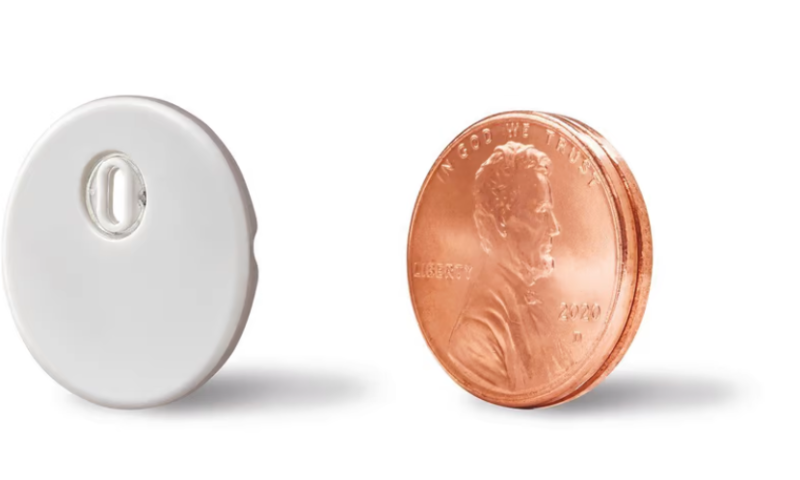Fresh off receiving a long-awaited FDA clearance for its FreeStyle Libre 3 system, Abbott has racked up yet another major win for the continuous glucose monitor.
Clinical results presented at the American Diabetes Association’s (ADA’s) annual scientific sessions in New Orleans demonstrated the sensor’s ability to accurately measure glucose, which Abbott says makes it the most accurate 14-day CGM on the market.
Glucose sensors’ accuracy is measured in terms of mean absolute relative difference, or MARD, the variation between a sensor’s readings and a user’s actual blood sugar levels confirmed with a fingerstick—so a lower MARD corresponds with more accurate technology.
In a study of people with Type 1 or Type 2 diabetes, people between the ages of 4 and 5 years old demonstrated a MARD of just over 10% when using the FreeStyle Libre 3 system to track glucose readings. Children between the ages of 6 and 17, meanwhile, achieved a MARD of 8.7%, and adults aged 18 and up scored an average of 7.6%.
Altogether, their average ratings shook out to 7.9%, which Abbott said marks the first and only 14-day CGM to achieve an overall accuracy rating below 8%.
“In terms of the impact clinically, people with diabetes who are using the sensor can really trust the values they’re receiving and can make treatment decisions based on those,” Mahmood Kazemi, M.D., chief medical officer of Abbott’s diabetes care segment, told Fierce Medtech in an interview during the ADA conference.
“Being a physician myself, I can also tell you that the healthcare provider community is quite excited about the sensor, because it means that they can recommend it confidently to their patients to use and rest assured that the accuracy levels are at a point where they have no worries about it at the high range, at the low range or anywhere in between,” Kazemi said.
Abbott also describes the device as the smallest and thinnest CGM sensor on the market, with a width of about two stacked pennies, as Marc Taub, Ph.D., head of R&D for Abbott’s diabetes business, pointed out in the interview alongside Kazemi.
The combination of the sensor’s discreet size, two-week wear period and above-average accuracy levels could lead to greater adoption of CGMs to help people manage their diabetes, Kazemi said, adding, “For that we can all be thankful, because we’ve demonstrated that the use of CGMs does improve outcomes for people living with diabetes.”
As it prepares to begin rolling out the system in the U.S. later this year, Abbott is already plotting its next attempt to break new ground in the diabetes tech space. Earlier at the ADA conference, it laid out plans for a sensor that’ll be modeled after the FreeStyle Libre 3 but will also offer continuous monitoring of both glucose and ketones. It’ll aim to spot signs of diabetic ketoacidosis as early as possible, since the condition can be life-threatening if left untreated for too long.
The proposed device is currently in clinical studies, with pivotal trials slated to begin in 2023. It has already landed the FDA’s acknowledgement in the form of a breakthrough device designation—which Taub said is all too fitting.
“It really is a breakthrough technology: There’s no continuous ketone monitoring system available, and this allows minute-by-minute measurements of both glucose and ketone levels on the same sensor, in that same teeny-tiny form factor as FreeStyle Libre 3 every minute for 14 days,” he said.

